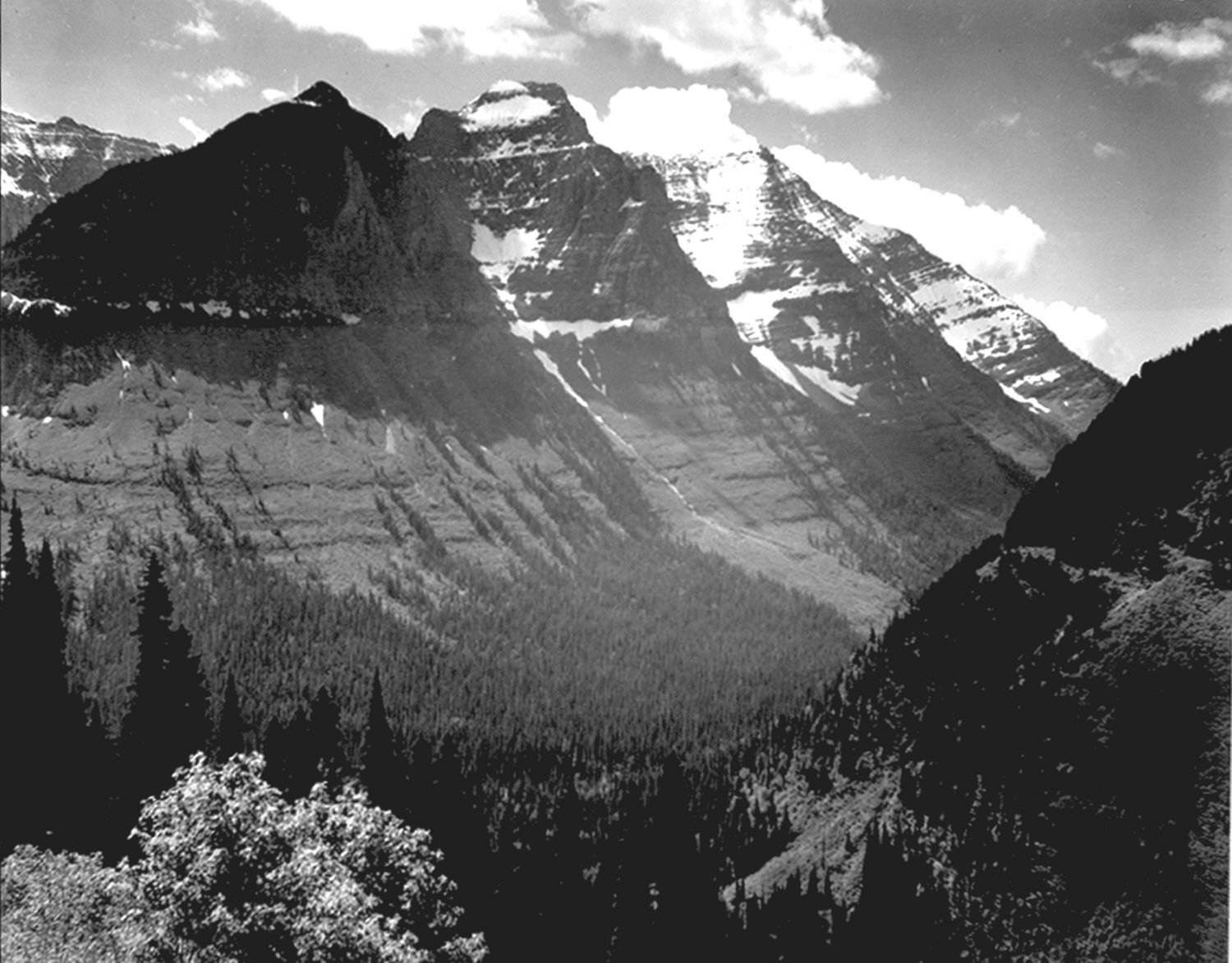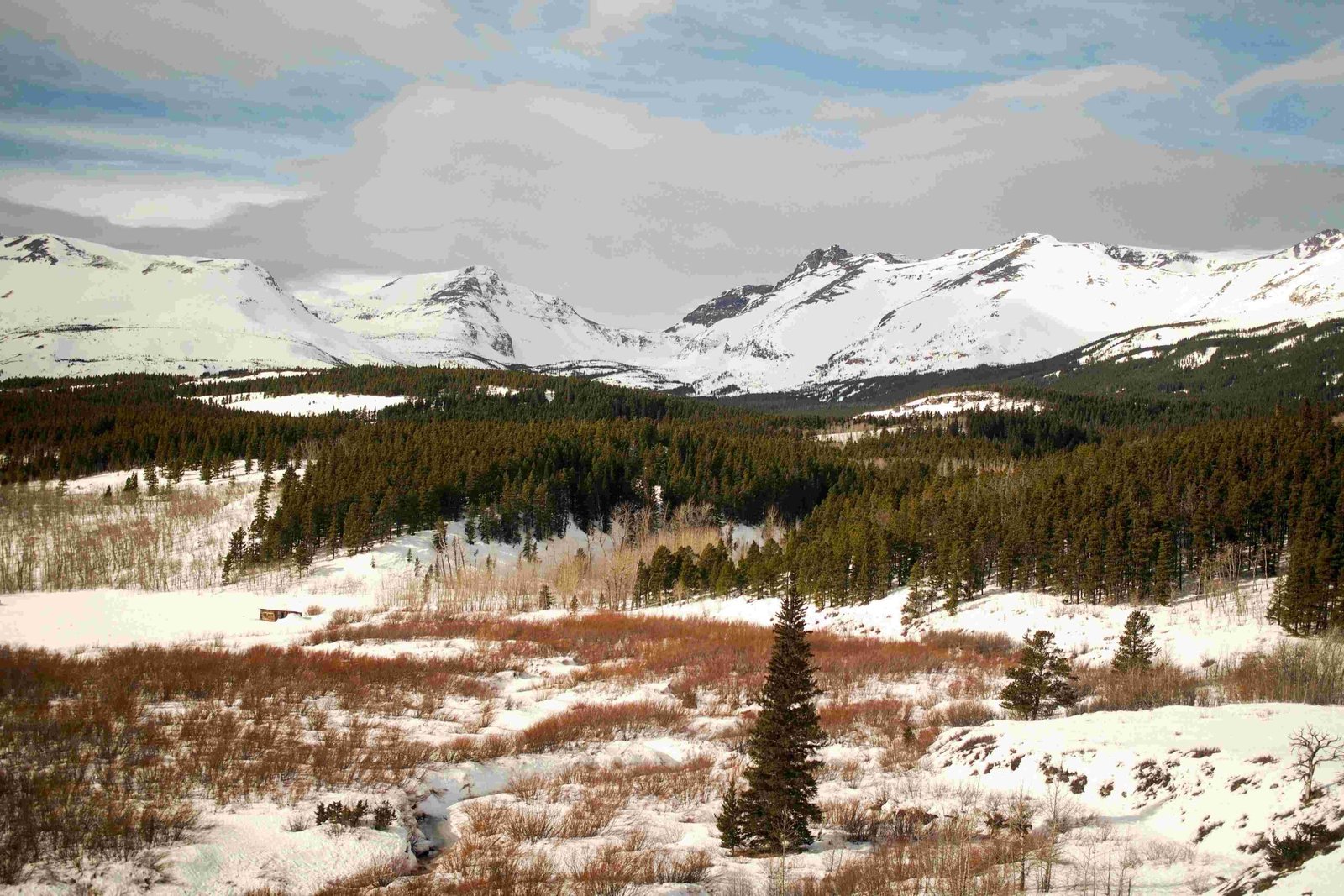Glacier National Park became a national park due to its unique geological features, rich biodiversity, and the tireless efforts of conservationists. The park’s designation in 1910 was the culmination of advocacy work, recognition of its ecological importance, and the need to preserve its natural beauty for future generations. This article explores the historical, ecological, and political factors that led to Glacier National Park’s establishment.
What Were the Historical Factors Behind Glacier National Park’s Creation?

The creation of Glacier National Park was influenced by several historical factors:
-
Native American Presence: For thousands of years, Native American tribes, including the Blackfeet, Salish, and Kootenai, inhabited the area.
-
European Exploration: European explorers, including the Lewis and Clark Expedition, came close to the area in 1806 but did not enter it.
-
Railway Development: The Great Northern Railway crossed the Continental Divide in 1891, increasing access to the area and sparking interest in its natural beauty.
-
Forest Preserve Designation: In 1897, the region was designated as a Forest Preserve, but mining and homesteading were still allowed.
-
Conservation Movement: The late 19th and early 20th centuries saw a growing conservation movement in the United States, which influenced the creation of national parks.
How Did Ecological Factors Contribute to the Park’s Establishment?

The unique ecological features of Glacier National Park played a crucial role in its designation:
- Geological Formation: The park’s landscape was shaped over 1.6 billion years, including the formation of the Rocky Mountains and glacial activity during the last ice age.
- Biodiversity: The area is home to diverse flora and fauna, including grizzly bears, mountain goats, and over 1,000 plant species.
- Glacial Features: The park’s namesake glaciers and their impact on the landscape were recognized as significant natural wonders worth preserving.
Who Were the Key Advocates for Glacier National Park’s Creation?
Several individuals and organizations played crucial roles in advocating for the park’s establishment:
- George Bird Grinnell: A key advocate who visited the area in 1885 and worked tirelessly to promote its protection.
- Great Northern Railway: Collaborated with Grinnell to promote the area’s beauty and need for protection.
- Boone and Crockett Club: Supported conservation efforts and helped raise awareness about the area’s ecological importance.
What Legislative Process Led to Glacier National Park’s Designation?
The legislative journey to establish Glacier National Park involved several steps:
- Forest Preserve designation in 1897
- Introduction of a bill to Congress by advocates
- Signing of the bill into law by President William Howard Taft on May 11, 1910
This process established Glacier as the nation’s 10th national park, covering approximately 1,583 square miles (4,100 square kilometers).
How Has Conservation Evolved Since the Park’s Establishment?
Since its creation, conservation efforts in Glacier National Park have evolved:
- Civilian Conservation Corps (CCC): From 1933 to 1942, the CCC undertook reforestation, trail construction, and fire-hazard reduction efforts.
- International Cooperation: In 1932, Glacier was jointly designated with Waterton Lakes National Park in Canada as the Waterton-Glacier International Peace Park.
- Climate Change Mitigation: Ongoing efforts to address the impacts of climate change on the park’s ecosystems and glaciers.
What Challenges Does Glacier National Park Face Today?
Despite its protected status, Glacier National Park faces several challenges:
- Climate Change: Rapid retreat of glaciers and ecosystem changes
- Habitat Fragmentation: Threats to wildlife habitats and migration patterns
- Visitor Management: Balancing tourism with conservation efforts
- Resource Management: Maintaining the park’s infrastructure and natural resources
How Does Glacier National Park Support Conservation and Education?
The park supports conservation and education through various initiatives:
- Visitor Centers: Provide information on the park’s history, geology, and wildlife
- Guided Tours: Offer educational programs focused on hiking, wildlife viewing, and conservation
- Scheduled Events: Host programs aimed at promoting conservation awareness
- Research Opportunities: Support scientific studies on ecology, geology, and climate change
In conclusion, Glacier National Park became a park due to a combination of its unique natural features, dedicated advocacy, and growing national interest in conservation. Its establishment in 1910 marked a significant milestone in preserving one of America’s most spectacular landscapes for future generations to enjoy and study.